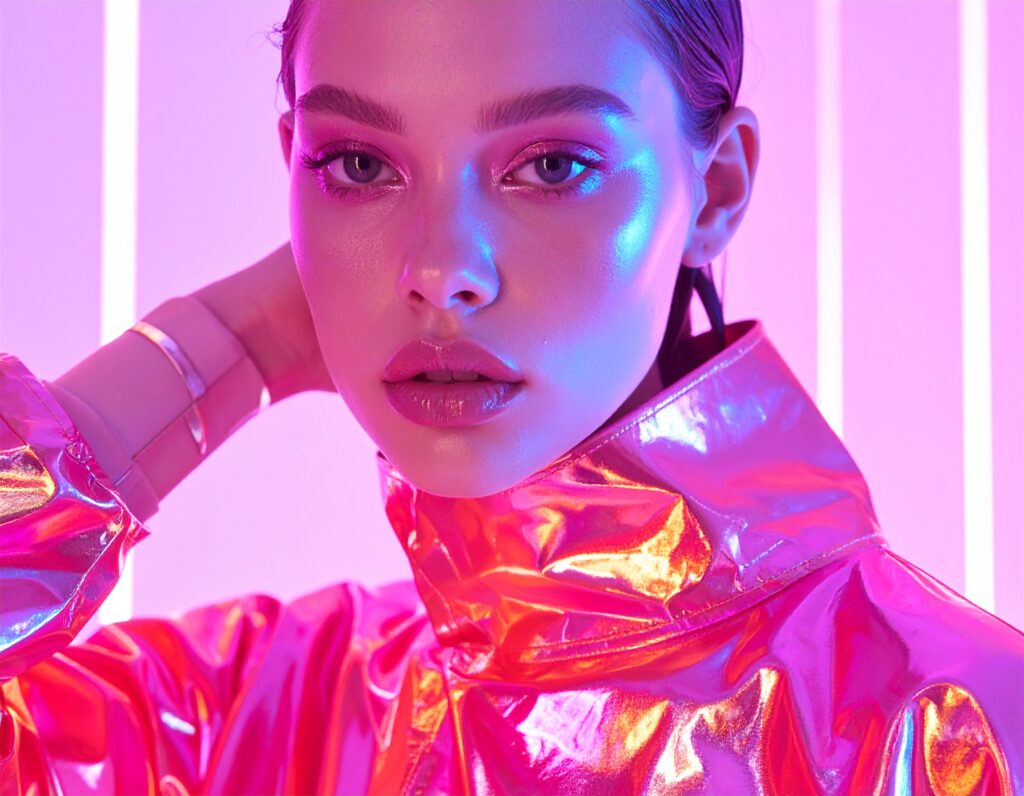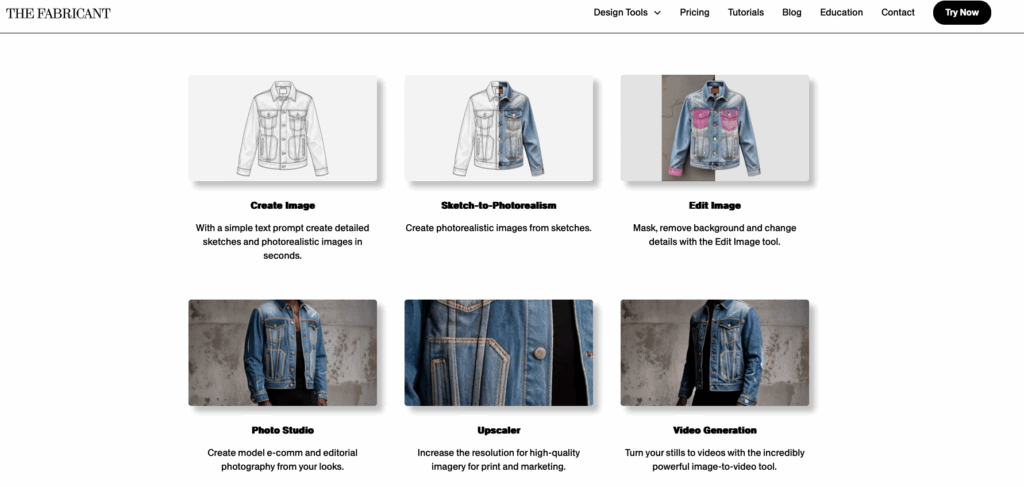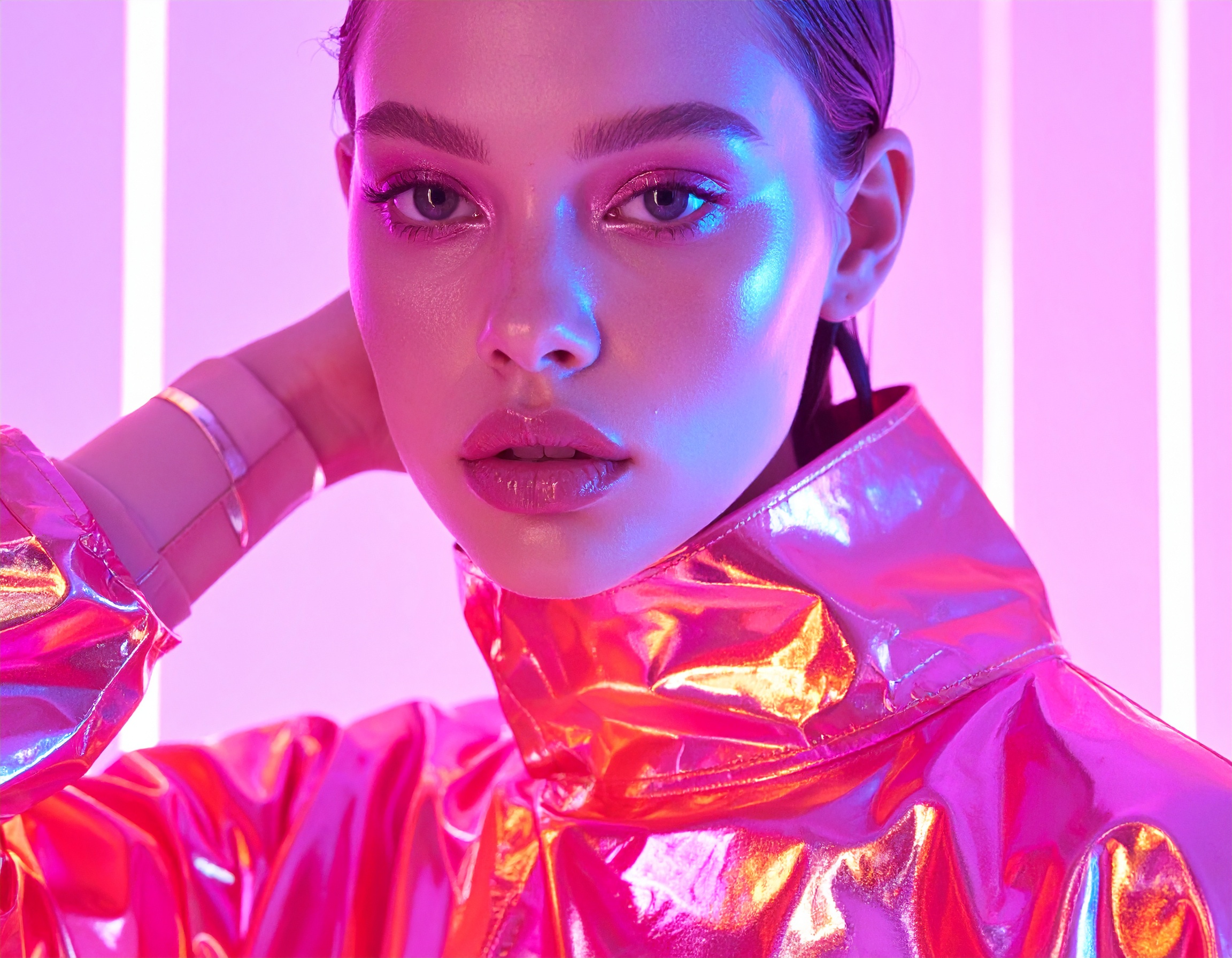Virtual models and deepfakes in fashion: deception or creative revolution?
Imagine: a female model with “flawless skin,” “perfect” proportions, and a look that is both futuristic and familiar. She advertises luxury labels, poses for magazine covers, and conducts interviews on Instagram. Nothing out of the ordinary, except for one thing: she doesn’t exist. No passport, no pulse, no real body. Welcome to the world of virtual models, CGI avatars, and deepfakes, where fashion meets artificial intelligence and the line between authenticity and illusion is becoming increasingly blurred. CGI avatars – i.e., completely digitally created figures – have long been used as brand ambassadors. A well-known example is Noonoouri, who has already collaborated with Balmain, Dior, Versace, and Zalando. In their campaigns, she takes on the role of a classic model, including posing, styling, and influencer character.
But while some celebrate this development as a creative revelation, others warn of a creeping deception that could permanently undermine trust in visual communication. What does this mean for brands, for consumers, and for reality itself?

Real or fake? With increasing technological progress, the boundaries are becoming blurred. Image: AI generated
From Shudu to Lil Miquela: when models are nothing but data
Virtual models are digital figures, usually created with 3D software or AI, who act as influencers, testimonials, or runway models. Some appear hyperrealistic, others deliberately artificial. Shudu Gram is particularly well known, making headlines in 2017 as the “first digital supermodel” with an aesthetic that oscillates between beauty and simulation. Lil Miquela, who oscillates between street style, social messages, and brand collaborations, has also long since built up her own fan base.
Read our article “Digital icons: Are AI influencers revolutionizing brand storytelling?” for more information.
Deepfakes are a slightly different matter. Here, existing image or video material of real people is manipulated using AI to create new statements, facial expressions, or movements that appear deceptively real but never actually took place. The difference is crucial: virtual models are created from scratch, while deepfakes alter existing material. However, both technologies use similar tools and raise the same fundamental question: what is still real today?
Successful as a digital supermodel: Shudu on Instagram.
Why the fashion world loves digital faces
In an industry where aesthetics, staging, and innovation have always been closely linked, it’s hardly surprising that virtual models and deepfakes have been able to gain a foothold so quickly. Brands such as
The appeal is obvious. Digital models are flexible, predictable, and completely controllable. They don’t need breaks, flights, or fee negotiations. They don’t age or get sick, and they’re always in the right light. Above all, they enable creative visions that would often fail in real life due to budget, logistics, or physics. Clothes can float virtually, body shapes can be varied at will, and locations don’t have to be traveled to, but only rendered. For marketing departments, this is a dream come true. And for many consumers, it is, first and foremost, a fascinating spectacle.
Between fiction and responsibility: What is really at stake
But where there is fascination, there is often uncertainty. As these digital images become increasingly perfect, it is becoming more and more difficult to distinguish between real and artificial faces. What starts out as a creative game can quickly become deliberate deception, especially when it is not clearly indicated whether we are dealing with a real person or an algorithm.
Deepfakes in particular harbour enormous potential for abuse here. When faces, voices and statements can be manipulated, this raises not only the question of legal responsibility, but also that of trust – especially when testimonials or advertising messages no longer come from real people, but from computers.
There is also an ethical dimension to consider. Are virtual models not only replacing real jobs, but also cementing or even reinforcing existing ideals of beauty? While many labels are increasingly focusing on diversity, we run the risk of establishing a new, digital form of uniform bodies. One that is perfect, smooth, and flawless because it has been programmed to be so.
“Virtual stories need real values as their foundation. Only then can trust be established, even in the digital space.”
– Laurence Stroedter, Senior PR Consultant and Brand Storytelling Expert
The impressive video “The Code” by Dove, which deals with the influence of AI-generated images on the self-image of young girls, also shows how early such digital ideals take effect and how subtly they can influence our perception of beauty.
The creative power of the digital fashion world
Despite all the criticism, however, we must not forget that these technologies also open up new possibilities. The virtual fashion world enables inclusive narratives that are often underrepresented in the traditional fashion industry. A virtual model can be of any age, any origin, and any gender. Body shapes can also be imagined beyond the mainstream, as long as this is done consciously and not in a clichéd way.
Projects such as The Fabricant demonstrate how fashion can be reimagined—as a purely visual experience that is sustainable, boundless, and radically different. Events such as Metaverse Fashion Week are also experimenting with new formats that break with traditional catwalk conventions. And brands that work with digital avatars today are discovering entirely new target groups, especially in gaming or Web3-savvy communities.
Virtual models do not have to be a substitute. They can be an extension. Provided that we engage in open discourse on the subject and make conscious decisions about where we see technology as a means to freedom and where we see it as a risk for deception.

The Fabricant develops creative ideas into finished designs and even videos showing how to wear the garments. Source: Website screenshot
What companies should consider now
For brands that work with virtual models or deepfake technology, creativity is welcome, but not without a clear stance. Anyone who wants to communicate innovatively today needs a clear set of values and the courage to be transparent.
✅ Do’s:
- Clearly label content featuring virtual models and deepfakes
- Use AI as a creative tool, not as a substitute for real voices
- Considering diversity and inclusion in the digital realm as well
- Actively engage in ethical discourse both internally and externally
❌ Don’ts:
- Using deepfakes to mislead or for fake testimonials
- Presenting digital models as an ideal of beauty without diversity
- Devaluing the jobs and creative achievements of real people
- Pretending to be authentic when you’re not
Conclusion: Progress with attitude
Virtual models and deepfakes are more than just a trend. They are an expression of a cultural shift that goes far beyond fashion. They offer breathtaking creative opportunities, but also demand a new awareness of truth, impact, and responsibility.
The crucial question is not whether these technologies will be part of the future of fashion. Rather, it is how we want to shape them, with what values, with what clarity, and with what respect for the people behind and in front of them.
Because whether virtual or real, credibility remains the best accessory –for brands as well as for their communication.
❓ Mini FAQ: Virtual Models & Deepfakes
1. Are virtual models dangerous for real models?
Not necessarily. They open up new creative roles, but can become competition if ethical standards are lacking or real jobs are replaced.
2. What is the difference between a deepfake and a CGI model?
A deepfake is based on a real person and alters their appearance or statements. A CGI model is created entirely digitally and has no real-life counterpart.
3. How can you tell if a model is virtual?
This is often hardly possible without labeling, as the technology is extremely realistic. This makes transparency on the part of brands all the more important.
4. Why does the fashion industry use digital figures?
Because they are efficient, flexible, and eye-catching, and because they open up new aesthetic possibilities that would often be impossible to implement in reality.
5. How can companies deal with deepfakes responsibly?
By communicating transparently, clearly labeling, refraining from deception, and using AI as an extension of human creativity rather than a replacement for it.
By the way: Our senior consultant Alexandra shows how much AI is already changing PR today – and why science fiction is often closer to reality than we think – in this article: 👉 PR with AI: Between science fiction and reality
Share this article








